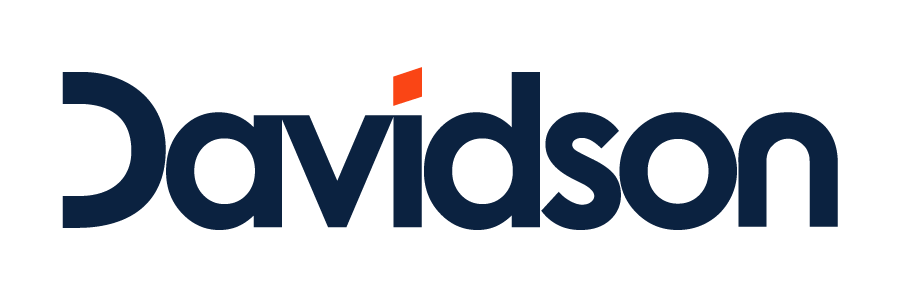Davidson's safety assessment reduces injuries by 51%
Davidson designed a psychometric assessment solution that predicted a candidate’s capability, in safety critical roles, to perform their role safely. This helped our client reduce safety incidents of new hires by 51%.
CHALLENGE
When assessing for safety a candidate’s behavioural preferences only tells one part of the story – to get a complete picture of their propensity to work safely, Davidson tests for their abilities and mind-set, together with behaviours, to predict safety potential.
Our client, a major Australian rail and logistics organisation, came to Davidson for help with a set of objectives to enhance its workforce’s performance in safety critical roles.
An assessment solution to predict a candidate’s capability to perform the role safely would enhance recruitment practices for safety critical roles and enable the organisation to:
- minimise business risk by ensuring its workforce met safety requirements
- maximise hire quality by improving the likelihood of selecting people who could perform safety critical tasks
- reduce cost per hire by identifying processes to improve efficiencies in its recruitment.
SOLUTION
Our Business Advisory team created a new, customised assessment framework, which was applied across the organisation’s workforce of safety critical roles.
We used a combination of our safety, cognitive and psychomotor assessments to provide an accurate measure of an individual’s propensity to behave safely in their role.
Through our psychomotor assessment, we administered tests and simulated exercises to assess abilities and competencies specific to safety-critical roles. These had been developed from extensive research on the safe behaviours needed to minimise injury and hazards on the job. Measures included reaction time, stress recovery, attention, concentration, speed and trajectory judgement, and visual coordination.
We then applied insights from our assessments to the organisation’s recruitment, screening, selection and on-boarding practices. The insights could also be applied to the development of individuals, workforce risk-profiling and reduction, and post-incident analysis of human factors.
OUTCOMES
Over approximately a two year period, Davidson assessed 5,311 individuals. These included both internal and external candidates applying for safety critical roles. As part of a business impact study, we analysed assessment results against the organisation’s safety (all injuries) data throughout that same period.
Our findings revealed employees, who as candidates did not meet the safety benchmarks in our assessments, were significantly more likely to have a work-related injury.
- Zero Harm Assessment - 65% more likely.
- Situational Safety Awareness Assessment - 121% more likely.
- Understands Safety Instructions Assessment - 65% more likely.
- Visual Coordination Assessment - 65% more likely.
- Attention and Concentration Assessment - 65% more likely.
By avoiding hiring candidates who did not meet the safety benchmarks, the organisation made significant financial savings through reduced workplace compensation claim, workplace injury-related costs and reduced injury risk overall. This created a safer workspace for all of its employees, and reduced safety incidents of new hires by 51%.
Share this content







